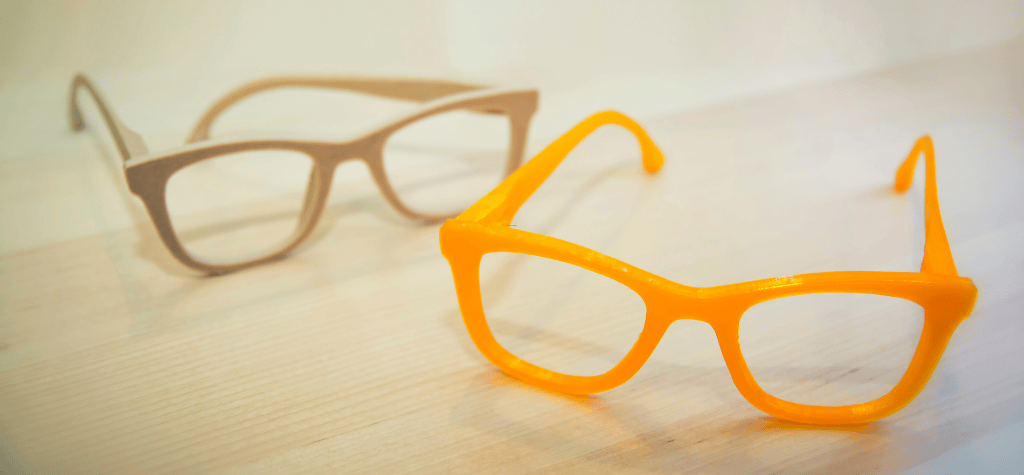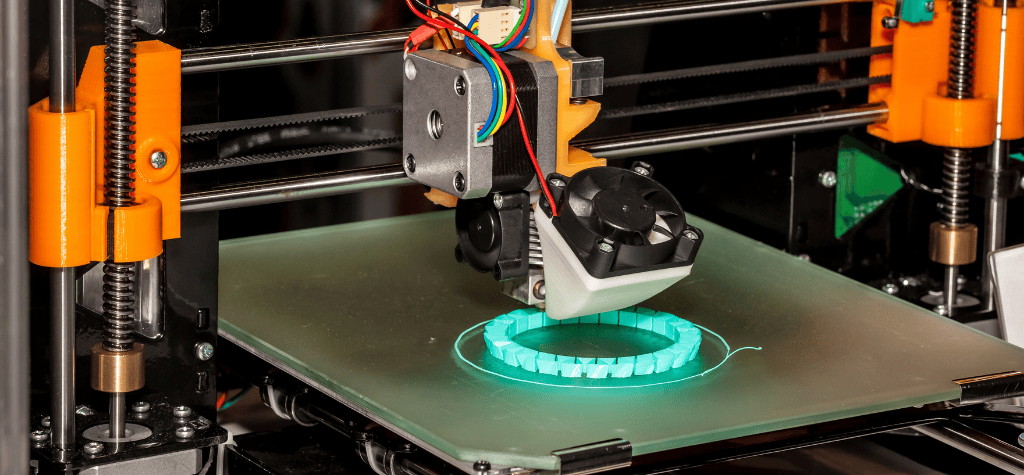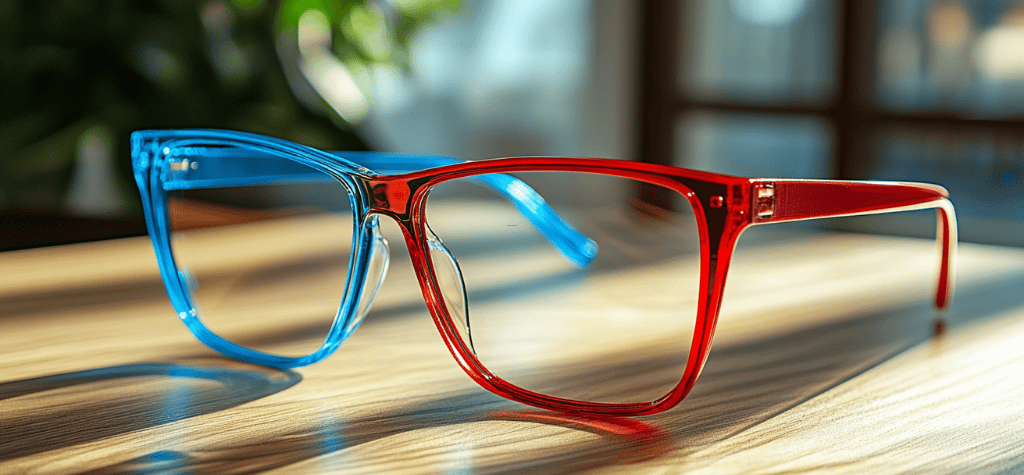In 2025, the 3D printing revolution has exploded into homes, workshops, and garages around the world. With advanced materials, consumer-friendly printers, and thousands of online templates, people are crafting everything from furniture parts to jewelry. But what about 3D-printing glasses at home? Is it a realistic project—or just a DIY dream? We tried it, and here’s what we learned.
Why Print Your Own Glasses?

3D-printing glasses at home is becoming more popular, especially for those who are:
- Budget-conscious
- Environmentally aware
- Lovers of custom fashion
- Tech-savvy DIYers
Beyond the cool factor, printing your own glasses can save money and reduce waste.
What You Need to 3D-Print Glasses at Home in 2025
1. A Reliable 3D Printer
You don’t need an industrial machine anymore. Popular home 3D printers like:
- Prusa i3 MK4
- Creality K1 Max
- Bambu Lab X1
offer excellent precision and support for flexible materials like TPU and nylon.
2. Filament or Resin
Choose high-quality material that balances durability, flexibility, and comfort, such as:
- TPU (Thermoplastic Polyurethane) – great for flexible, skin-safe frames.
- Nylon – ideal for strong, lightweight builds.
- Resin – for detailed and stylish designs, but can be brittle if not processed correctly.
3. Frame Template Files
You can find thousands of STL files on:
- Thingiverse
- Printables.com
- Cults3D
These include everything from classic round glasses to wild, futuristic styles.
4. Tools for Assembly
- Micro-screws and a mini screwdriver
- Lenses (buy ready-made or get custom ones cut)
- Sandpaper or a polishing tool for finishing
- Optional: UV lamp for resin prints
Step-by-Step: How We Printed Our Own Glasses

- Selected a design on Printables.com.
- Sliced the file using PrusaSlicer with TPU settings.
- Printed the frame on a Prusa i3 MK4 in 4 hours.
- Post-processed with gentle sanding and polishing.
- Inserted demo lenses from a cheap pair of glasses for testing.
The total cost? Under $15 (excluding printer investment).
Pros of 3D-Printed Glasses
- Fully customizable fit and style
- Super affordable per pair
- Eco-friendly alternative
- Fun and educational experience
Cons and Challenges
- Lens fitting can be tricky – precision is key.
- Comfort may vary based on material and design.
- Durability is lower than store-bought metal frames.
- Finishing matters – rough prints can irritate skin.
Can You Use Prescription Lenses?
Yes, but it takes planning. You’ll need:
- A correct lens shape in your design
- Lens measurements from an optometrist
- A local lens-cutting service (or online optical store)
Some users even reuse lenses from old glasses.
Is It Worth It in 2025?

For tech enthusiasts, creatives, or anyone craving a custom, budget-friendly eyewear option—absolutely. However, if you require high-durability or medical-grade frames, it’s best to work with a professional eyewear provider.
Best Practices for Success
| Tip | Why It Matters |
|---|---|
| Use flexible filament | Ensures better comfort and longevity |
| Print at 100% infill | Adds strength to thin frame arms |
| Sand edges carefully | Prevents skin irritation |
| Test fit before lens insertion | Avoids cracking lenses or frames |
Our Verdict: Yes, You Can Print Glasses at Home in 2025
3D-printing glasses at home has moved from niche hobby to realistic DIY fashion project. With the right tools and attention to detail, you can create personalized eyewear that’s stylish, sustainable, and surprisingly strong.
Would we recommend it? Yes—with the right expectations and a bit of patience.

